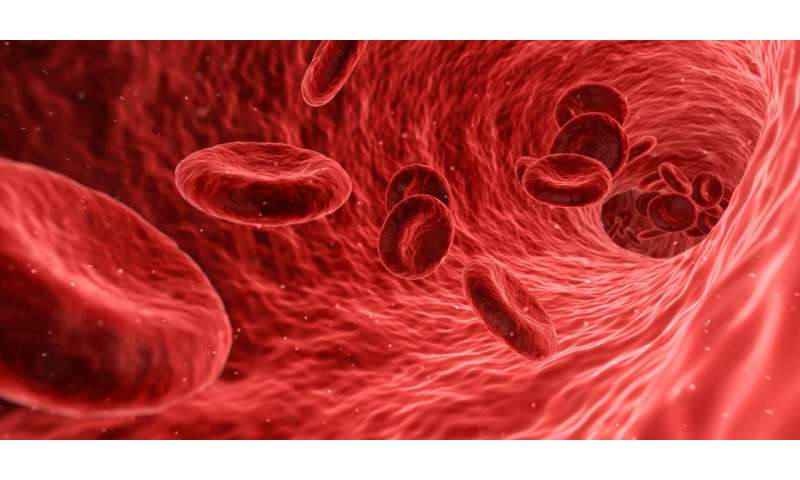
Children with severe hemophilia A who receive early prophylaxis are less likely to have joint damage in young adulthood than those who begin treatment later, according to a new study in Blood Advances. While data suggest earlier initiation of prophylaxis provides some protection compared to later initiation of prophylaxis, prophylaxis does not fully prevent joint damage.
Hemophilia A is a rare genetic bleeding disorder characterized by a lack of factor VIII (FVIII), a clotting protein, in the blood. In severe hemophilia A, people have FVIII levels of less than 1%, making them likely to experience serious, painful bleeding episodes that can damage their joints and muscles. Severe hemophilia A is often diagnosed in the first few years of life, prompted either by a known genetic link or a serious bleeding event.
“Prophylaxis has been the standard of care for preventing joint damage, and this study establishes the importance of starting as early as possible,” said the study’s lead author Beth Boulden Warren, MD, MS, assistant professor at the University of Colorado Anschutz Medical Campus, and pediatric hematologist/oncologist at Children’s Hospital Colorado. “However, we still have room for improvement in treatment options for severe hemophilia A, including possibilities like subcutaneous methods and gene therapy.”
A previous randomized controlled trial, the Joint Outcome Study (JOS), found that administering intravenous FVIII as a preventive measure—rather than addressing bleeding events through episodic FVIII treatment—resulted in better joint health for hemophilia A patients by age 6 years. In the present study, researchers followed a subset of JOS patients until age 18 to evaluate their long-term joint health.
The study examined MRI scans from 33 adolescents: 15 people who received early prophylaxis (at mean age 1.3 years), 18 people whose FVIII treatment was delayed until age 7.5 on average. MRI scans showed that approximately one-third of those who received early treatment experienced osteochondral damage, or injury to the cartilage of a joint and/or the bone underneath, compared to more than three-quarters of those whose prophylaxis was delayed. Bleeding rates were also higher with delayed prophylaxis.
Only a small number of study participants reached adolescence without any joint damage at all, suggesting that early prophylaxis does not offer full protection and underscoring the need for additional therapies for use in treating severe hemophilia A.
In October 2018, the U.S. Food and Drug Administration (FDA) approved emicizumab, a hemophilia A treatment that can be administered by injection under the skin. With other novel non-factor-based therapies, extended half-life FVIII products, and an array of gene therapy trials on the horizon, hemophilia prophylaxis may become easier to administer and potentially more effective.
Yet Dr. Warren highlights the need to study the long-term effects of the new therapies. “A lot of these new therapies are going to be adopted quickly because they can be more convenient to administer,” said Dr. Warren. “But we need to keep track of patients on those new products as rigorously as we have for this group, to ensure we are not trading convenience for worse outcomes, for joint damage.”
Source: Read Full Article